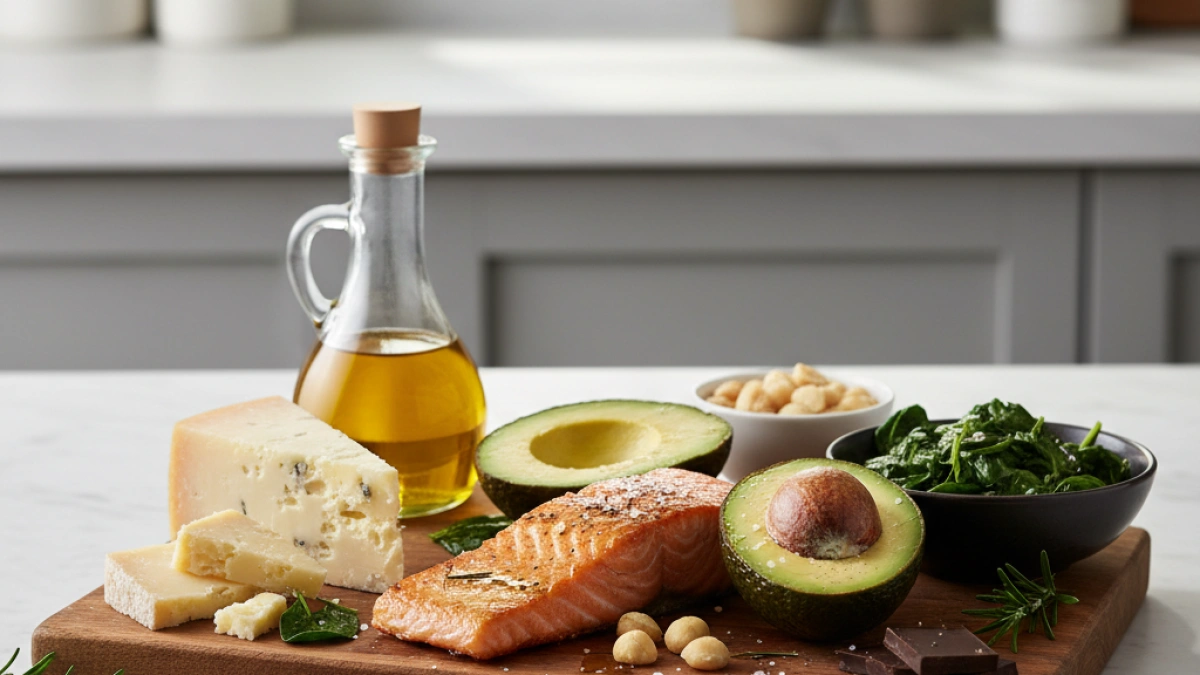Increase fiber and effectively reduce abdominal fat

Abdominal fat is a common issue that affects many adults and can be related to various health conditions. However, incorporating more fiber into the diet can be an effective strategy for combating this type of fat. In this article, we will explore how fiber can play a crucial role in reducing abdominal fat and improving overall health.
What is Fiber?
Fiber is a type of carbohydrate that the body cannot digest. It is found in plant-based foods such as fruits, vegetables, legumes, and whole grains. There are two types of fiber: soluble, which dissolves in water, and insoluble, which does not. Both are beneficial for health but serve different functions in the body.
Benefits of Fiber in Reducing Abdominal Fat
Research has shown that a high-fiber diet can significantly help reduce abdominal fat. Some of the benefits include:
-
Feeling of fullness: Consuming fiber increases the feeling of fullness, which can reduce overall calorie intake. This is especially important for individuals looking to lose weight, as cutting daily calories can result in a decrease in abdominal fat.
-
Blood sugar regulation: Soluble fiber, in particular, helps to regulate blood sugar levels. This is crucial, as elevated insulin levels can contribute to fat accumulation in the abdomen.
-
Improved digestion: Fiber also contributes to good digestive health by preventing constipation and improving bowel function. Efficient digestion can help maintain a healthy weight.
How Much Fiber Should We Consume?
The amount of fiber an adult should consume varies. The recommended intake is about 25 grams for women and 38 grams for men per day. However, most people do not reach these amounts. It's essential to gradually increase fiber intake and stay hydrated to avoid gastrointestinal discomfort.
Fiber-Rich Sources
To increase your fiber intake, you can include the following foods in your diet:
- Fruits: Apples, pears, bananas, and berries are excellent options.
- Vegetables: Spinach, broccoli, and carrots are high in fiber.
- Legumes: Lentils, chickpeas, and beans are particularly high in fiber.
- Whole grains: Opting for oats, quinoa, and brown rice instead of refined grains can significantly increase fiber intake.
Tips for Increasing Fiber in Your Diet
- Make gradual changes: Increase fiber in your diet slowly to allow your digestive system to adapt.
- Drink plenty of water: Hydration is key when increasing fiber consumption.
- Experiment with recipes: Incorporate more fruits and vegetables into your meals. Try smoothies, salads, and stews.
Conclusions
Increasing fiber consumption can be a natural and effective way to reduce abdominal fat and improve overall health. Including fiber-rich foods in your diet will not only contribute to better digestion and satiety but may also help maintain a healthy weight.
If you’re interested in reading more informative articles like this, I invite you to explore more news on my blog. Your journey towards a healthier life starts here!











































